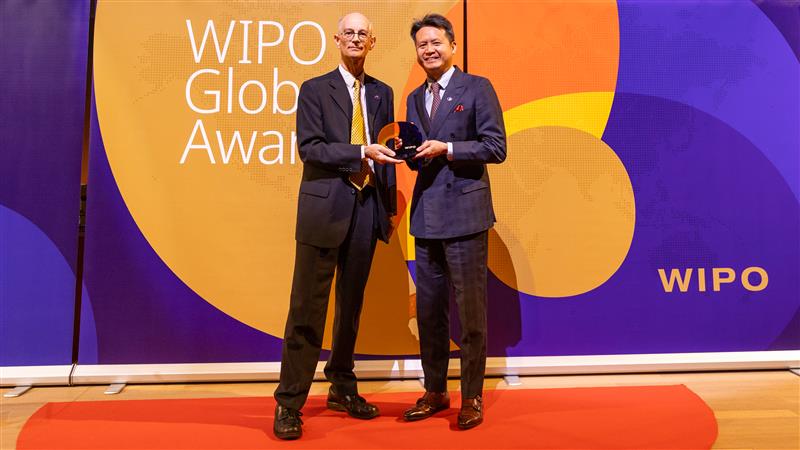Retail Scanner
Retailers and the growing middle class in China
March 2017
Protecting brands moving into China. Chinese consumers are getting richer. According to the Economist Intelligence Unit currently 132 million people in China are considered ‘upper middle class’, which is defined as those with a disposable income of US$10,000 per year. By 2030 this figure is projected to rise to 480 million – 35% of China’s population. And this new breed of moneyed citizens is young. According to the Hurun Report 2016, Chinese millionaires have an average age of 37 and 45% of Chinese luxury consumers are 35 or younger (China-Britain Business Council).
What does this mean for overseas brand owners seeking to enter the market?
As the demographics change, so too do the business models. Until recently, most companies focused on offering mass market products at affordable prices. In 2010, McKinsey & Company reported that Chinese customers identified function as the most important factor when buying a product. Yet just two years later consumers rated emotional factors as more important. All brand owners need to be sensitive to this shift.
How have current brands coped with the shift?
Louis Vuitton was one of the first luxury brands in China, and its name soon became synonymous with prestige and exclusivity. However, as the population grew richer the company found itself suffering from the ‘secretary effect’, where modestly-paid office workers could save up their salaries to buy a Louis Vuitton handbag. The brand was in danger of becoming mass-market and losing its appeal.
In response, the company began offering limited product ranges to an elite audience and invited select guests to attend special events with famous Chinese actress Fan Bingbing. As well as preserving its exclusive image, the company discovered the importance of providing an ‘experience’– no longer was it just about the product.
Other companies have drawn similar conclusions. Peter Wood, COO of clothing retailer AllSaints explains: “we put brand experience at the core of everything we do…we’re competing against a weekend in Barcelona or a meal at a good restaurant, an experience.”
Successful brands are those that can make an emotional connection with the purchaser. Chinese millennials have not grown up with the brands that their American and European counterparts have. With fewer emotional ties connecting them to established western brands, these consumers seek word-of-mouth recommendations, often through social media. Social media is big in China, although the platforms used differ from those in the west. WeChat is the go-to instant messaging app, while Youku Tudou is China’s answer to YouTube. Alibaba-operated Taobao (meaning ‘search for treasure’) is the country’s largest online marketplace. Chinese citizens spend nearly three hours a day online, much of it via smartphone, and good brand owners tailor their sites to ensure that their visitors receive as personal an experience as possible. In a country of diverse religions, languages and cultures, using local influencers can put a company ahead of its competitors.
What do brands need to consider when making the move?
A company that wants to launch a brand in China must pay attention to social media and word-of-mouth marketing, not least because traditional ways of reaching its target audience may be limited. In 2011 the advertising of luxury products on billboards was banned. Apparently concerned that high-end brands were promoting ‘incorrect values’, the government introduced a similar ban on TV and radio advertising in 2013.
Unfortunately, the Chinese government has been less vigilant tackling the well-known counterfeit problems on the market. Having removed Taobao from its blacklist of ‘notorious marketplaces’ in 2012, the US government returned it to the list in 2016 after becoming unconvinced by Chinese authorities’ efforts to clamp down on the number of fake goods being sold. According to Netnames, some clients of Taobao estimate that up to 80% of merchandise sold on the site is fake.
Consequently, brand owners must take active steps to protect their intellectual property in China and in a timely fashion, remembering:
- IP rights are awarded on a first-to-file basis there, so securing trade mark registration early is vital;
- To take advice on the form in which the mark should be protected – Latin or Chinese script, by translation, transliteration or by adapting the mark;
- Registration certificates are not automatically issued on grant of a Chinese trade mark designated under the international system and applications for the certificates can take at least 4 months. Brand owners should consider filing nationally where the need for swift enforcement action is envisaged;
- For the purpose of taking down listings on the Alibaba e-commerce platforms where copyright is being infringed, copyright registration is required.
There are challenges when moving into China, but for a company that markets and protects its brand properly the potential rewards are high.































